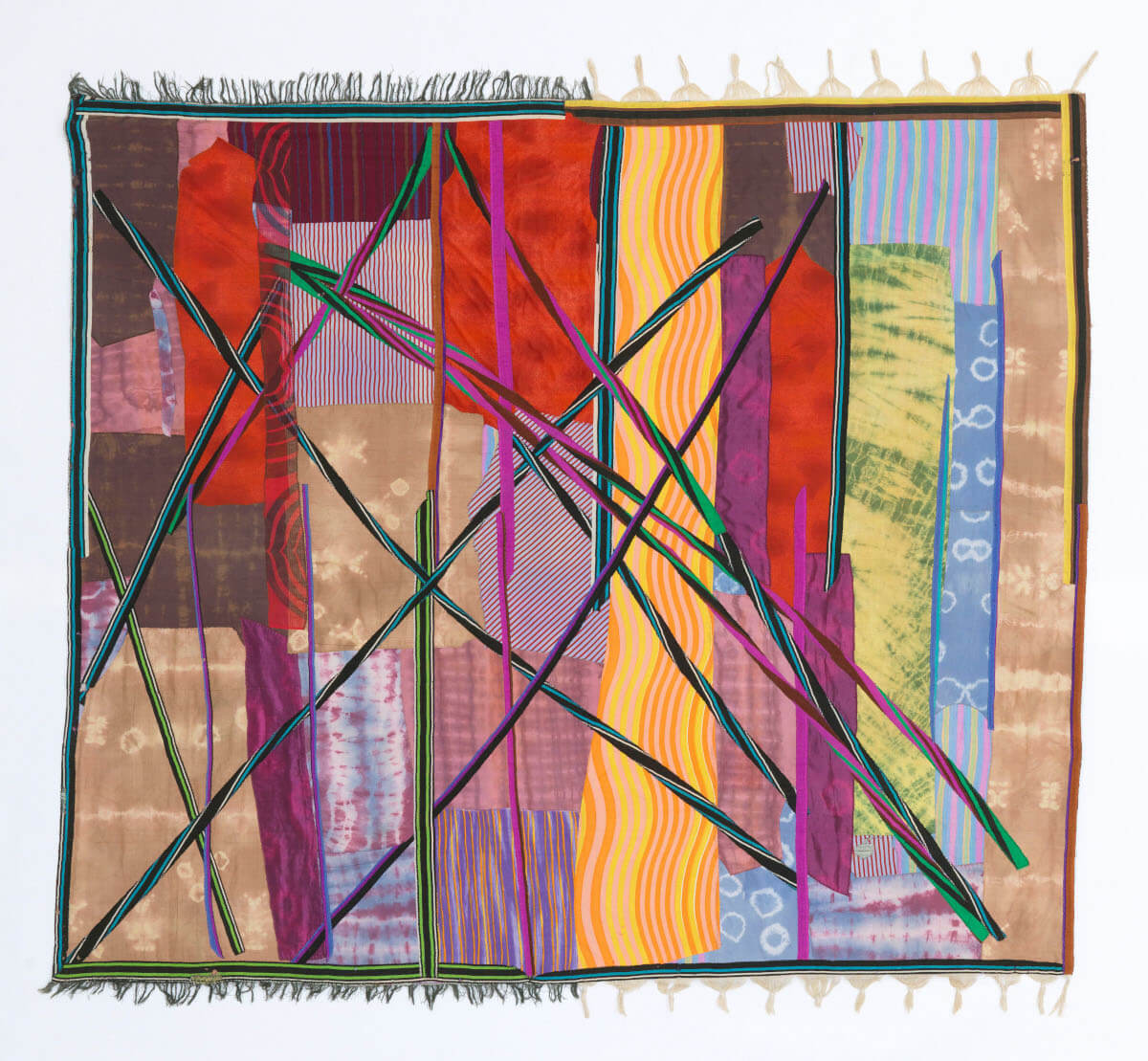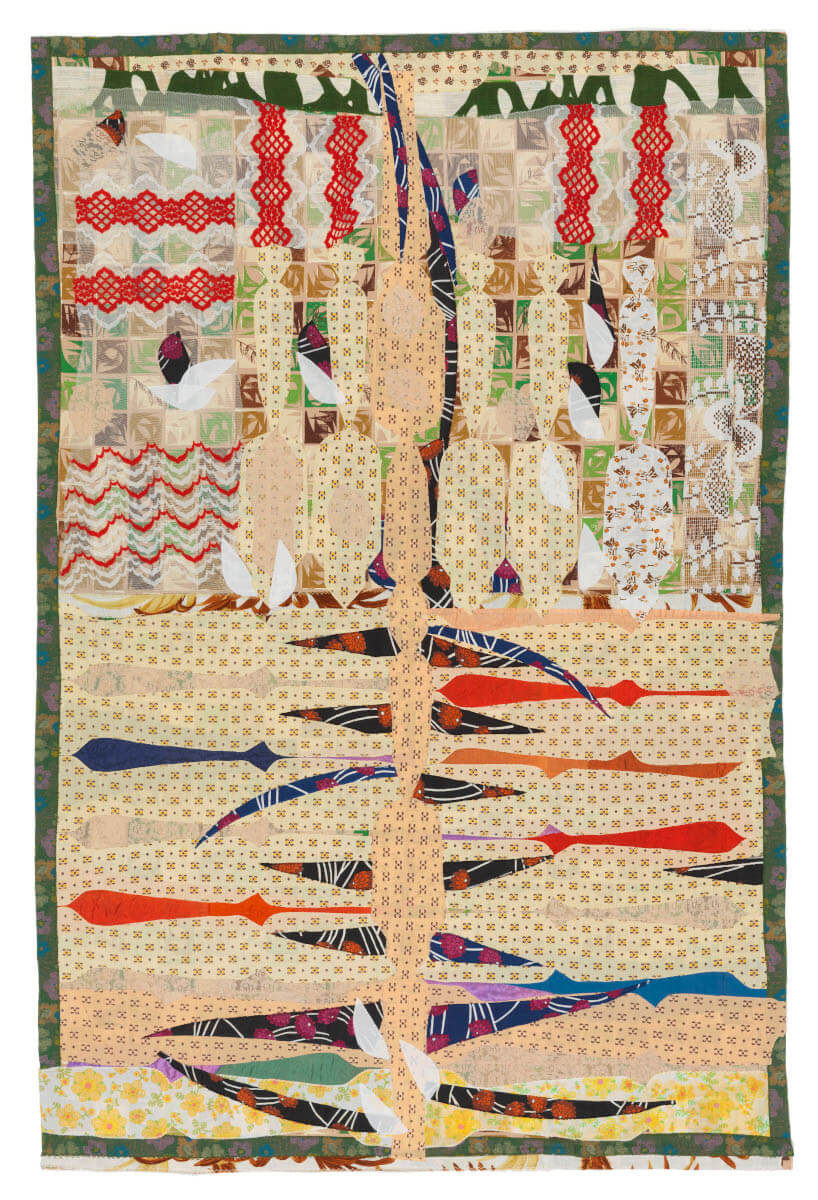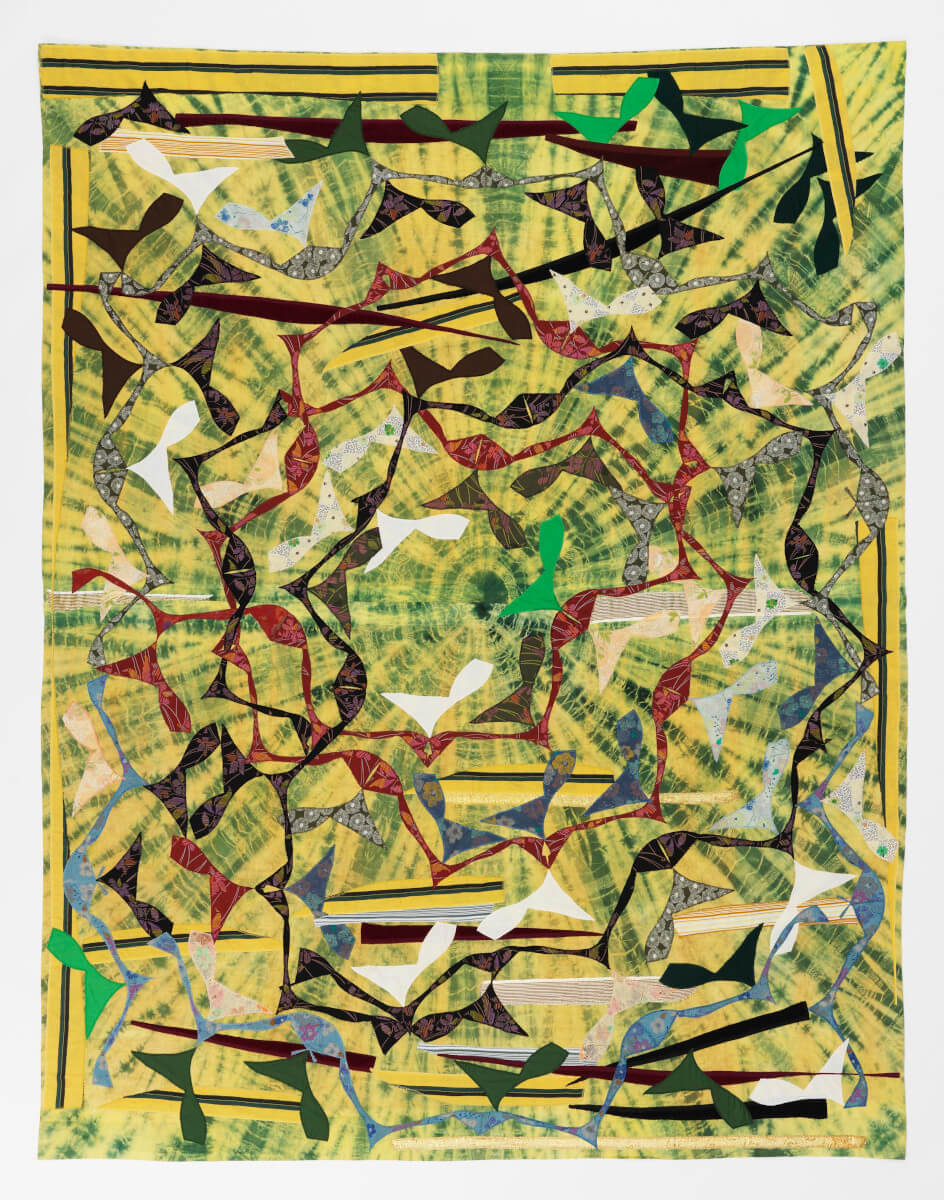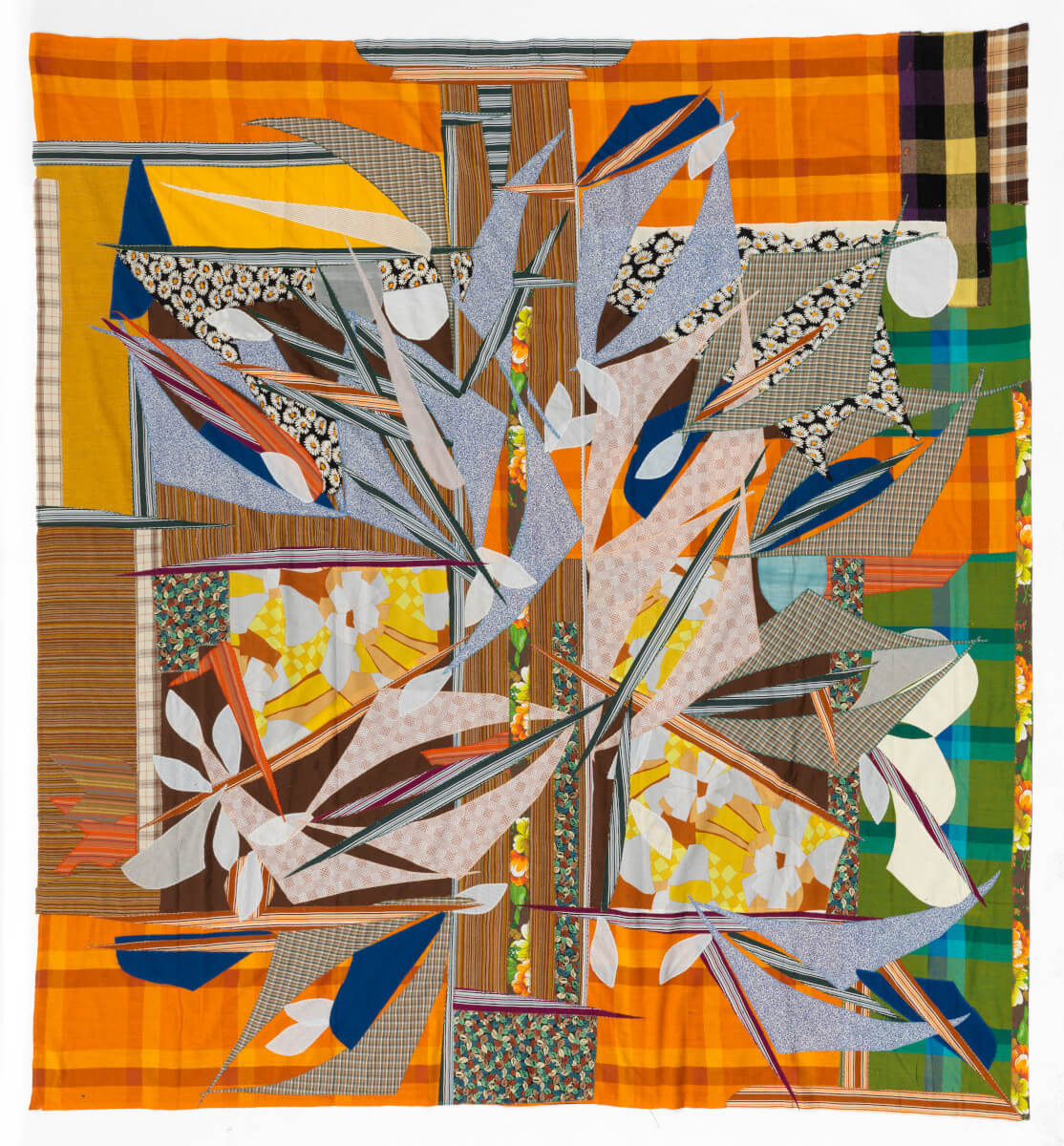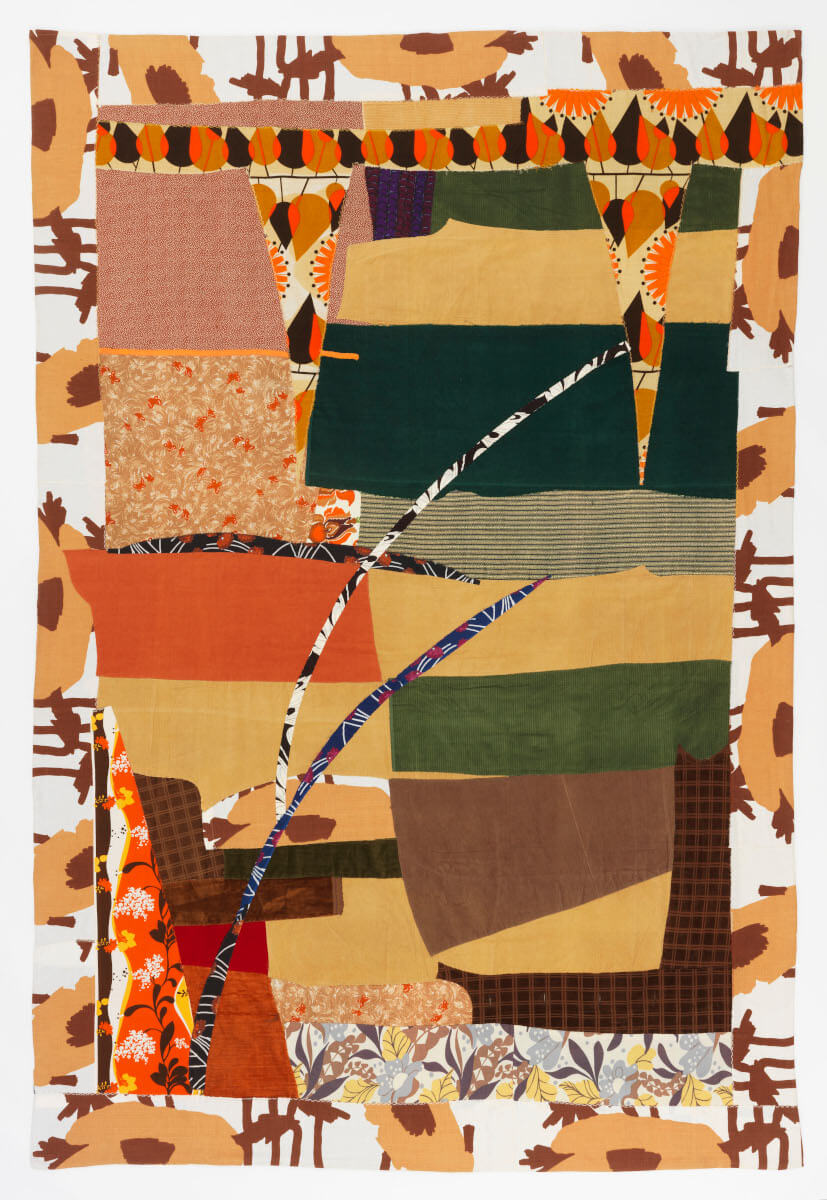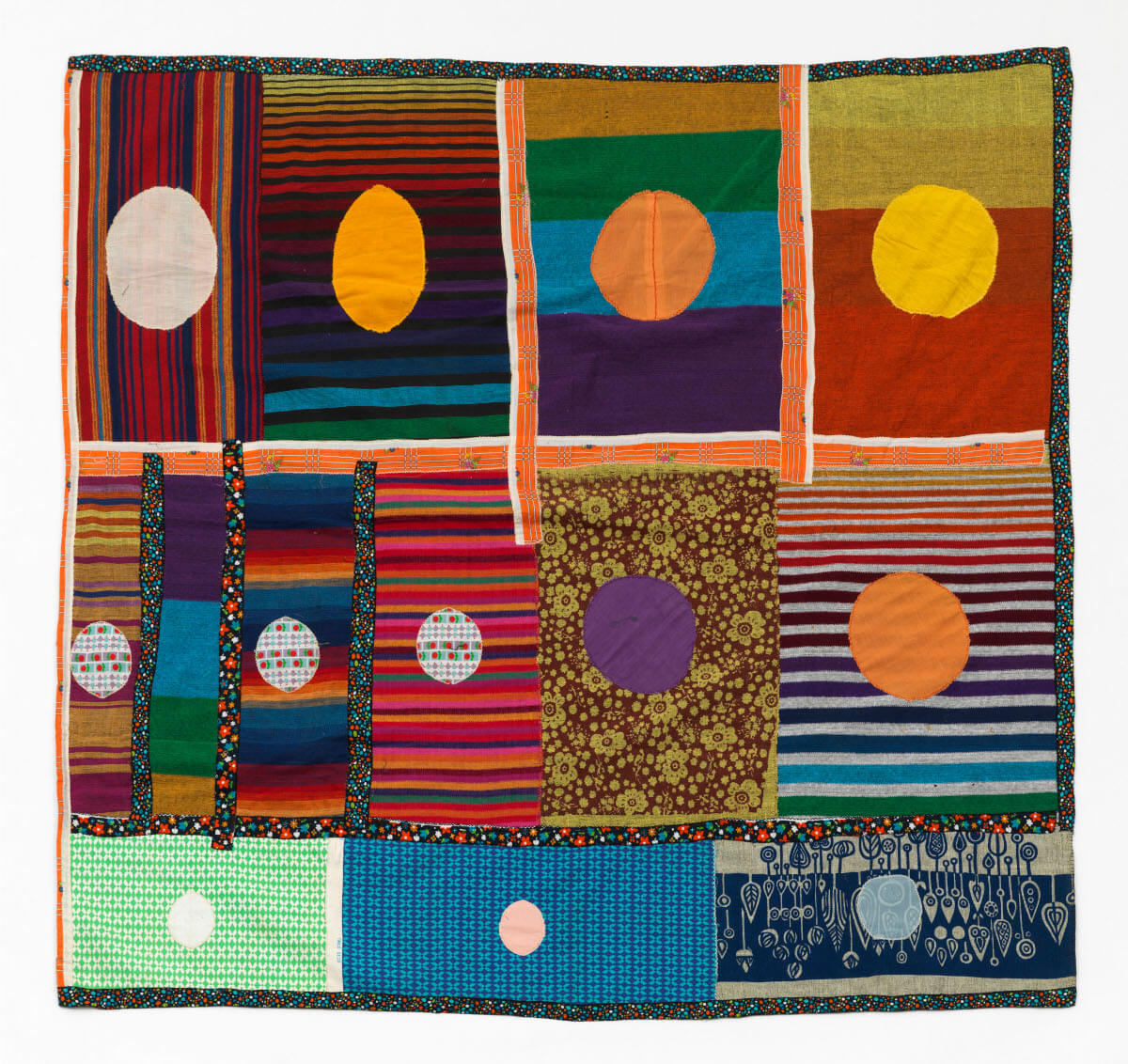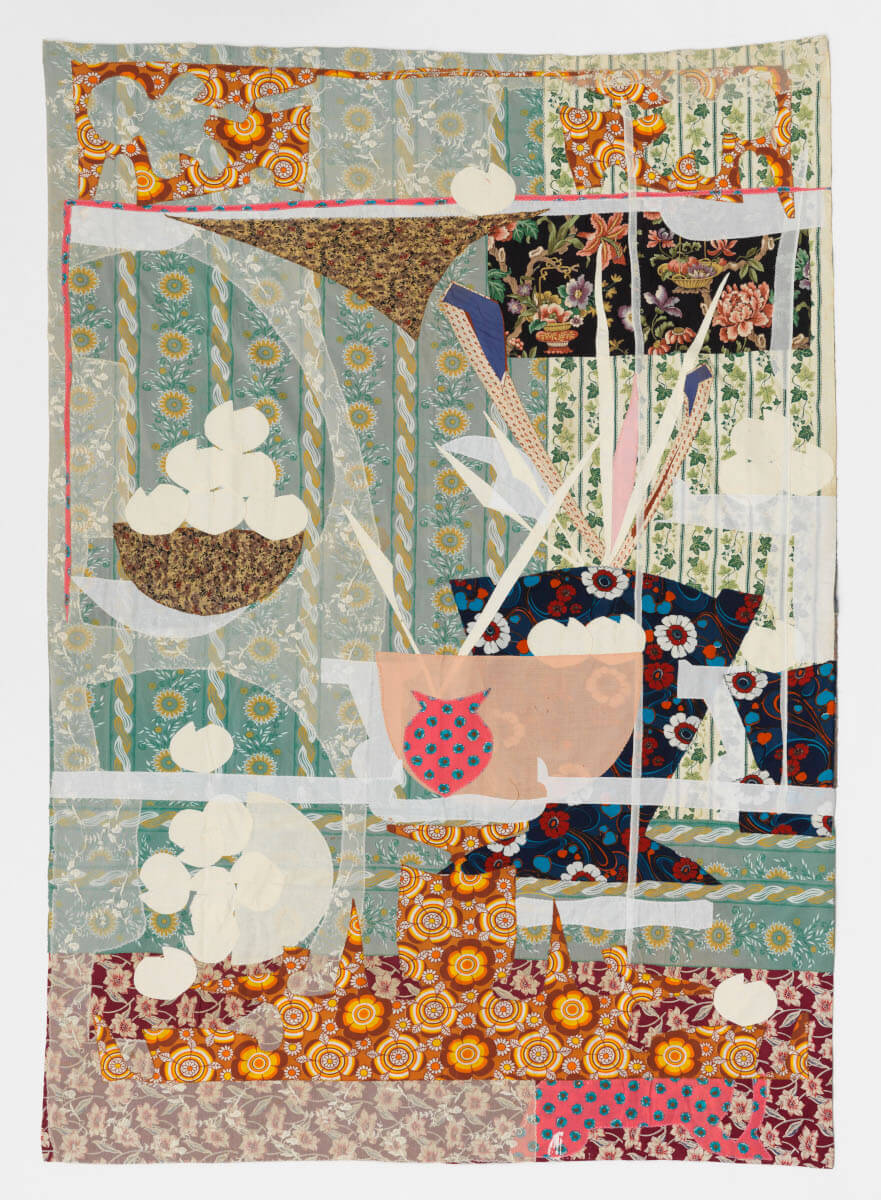An exhibition by the Israeli artist is part of the programming of the 34ª Bienal de São Paulo. Bom Retiro Cultural Center receive documents, textile works (wall carpets) and videos
The House of the people receive from 21 August, Saturday, às 10h, the exhibition Noa Eshkol: Collective Body, of the choreographer, Israeli theorist and artist Noa Eshkol. Known for the creation of the Eshkol-Wachman Movement Notation [Eshkol-Wachman Movement Notes], incorporated into your practice, from 1973, the creation of tapestries sewn with shavings and rags by the dancers in your company. The exhibition is co-organized with the Bienal de São Paulo Foundation, integrates the network of the 34th Bienal and brings to the public a selection of tapestries and part of the artist's archive. Eshkol's works will also be at the 34th Bienal de São Paulo, which can be visited for free at the Ciccillo Matarazzo Pavilion, in Ibirapuera Park, from 4 September to 5 th December 2021.
The production of Noa Eshkol (1924, Kibbutz Degania Bet, Palestine | 2007, Holon, Israel) is marked by collective work processes. If in the Pavilion of the Bienal de São Paulo it is possible to have access to the results of several experiments of the Eshkol-Wachman Movement Notation [EWMN], in the House of the People will be shown behind the scenes and the process of Eshkol's research. Divided into two floors of the institution of Bom Retiro, the exhibition, which has international support from Artis and the Consulate General of Israel in São Paulo, seeks to show not only the works performed by the artist, but the environment in which they were created.
The curator Marilia Loureiro, highlights the collective and community character of Noa Eshkol's work, that through documents, textile works (wall carpets) and videos, it intersects and is confused in so many moments with the history of Casa do Povo. “A communal spirit, linked to the development of experimental pedagogies and more egalitarian ways of life connects the universes of the artist and the institution, that now meet through the exhibition", She explains.
Tapestries with more than 2 meters
the first part of exhibition is composed of a series of documents from the archive of the Noa Eshkol Foundation, placed in dialogue with the document collection of Casa do Povo. The dialogue between collections seeks to create an intimate perspective of both the artist's research, as from the history of Centro Cultural do Bom Retiro, bringing the visitor closer to these two crossed universes. "We borrowed the methodology from Noa's file with the division of documents into capsules thematic (Education, Common life, Warsaw Ghetto Movement and Uprising Notes) and we replicate it in our institutional collection as a way of trying to create new visual and narrative relationships between the exposed material", the curator advances.
The second floor of the Casa do Povo receives eight wall carpets, Large colorful tapestry pieces, and two videos. If at a distance the wall carpets may look like the work of an individual visual artist, the visitor who was on the first floor of the exhibition knows that they are part of the collective process of a choreographic group. Woven in many hands, the wall carpets are the result of the collaborative work of the The Chamber Dance Quartet, collective of dancers founded in 1954, that would accompany Noa until the end of her life. the group lived, worked and traveled together for decades, developing a series of collaborations and collective processes, motivated by daily life and shared experiences.
It is from the community experience that the textile pieces presented at both the Bienal, like in the House of the People. Finally, the two videos present between the wall carpets show some rehearsals of The Chamber Dance Quartet and Noa's research processes with children in kibutzim, in almost four decades of work. Together, the videos bring the movement of bodies to the second floor space, reminding the visitor that Noa Eshkol's work is only done with the body and from it. But not just any body, and yes in collective body.
Sign up to receive Event News
and the Universe of Arts first!
About Noa Eshkol
The artist started her professional career in the decade of 1950 in Holon, city neighboring Tel Aviv, in Israel. In search of systematizing body movements, Eshkol and architect Avraham Wachman created the Eshkol-Wachman Movement Notation [EWMN], a set of symbols and numbers to represent physical movement. As a sheet music for the body, EWMN created the possibility of documenting and communicating series of movements without the need for musical accompaniment. With this, Noa Eshkol's work broke the boundaries of dance and opened up to a broader and more experimental idea of movement., including studies in neuroscience, zoology, sports, sign language, among others.
Cover for the 34th Biennial
Curated by Jacopo Crivelli Visconti, 34th Biennial - It's dark but I sing, started in February of 2020, has been unfolding in space and time with both physical and online programming, and will culminate in the collective exhibition that will occupy the entire Ciccillo Matarazzo Pavilion, Ibirapuera park, from september 2021, simultaneously with the realization of dozens of solo exhibitions in partner institutions in the city of São Paulo. From 4 September to 5 th December 2021. Free entrance.
About the House of the People
Cultural center that revisits and reinvents notions of culture, community and memory. Founded from a non-profit cultural association right after World War II, in 1946, to House of the people was erected by the collective effort of a portion of the Jewish community then called "progressive", from Eastern Europe, politically engaged and mostly installed in the neighborhood of Bom Retiro. Space was born of a double desire: to honor those who died in the Nazi concentration camps and create a space that would bring together the most varied associations that had been born here, in the international struggle against fascism – thus aiming to continue the secular and humanist Jewish culture that Nazi-fascism tried to silence in Europe.
Inhabited by a dozen groups, movements and collectives, some decades ago and others more recent, Casa do Povo acts in the expanded field of culture. Your transdisciplinary programming, procedural and engaged understands art as a critical tool within a process of social transformation.
| Service: |
| NOA ESHKOL: COLLECTIVE BODY |
| Opening Day 21 August, Saturday, às 10h, in the House of Commons [no invitation needed, but there will be space access limitation following the security protocols]. |
| Visitors until 15 October 2021, Tuesday to Saturday, from 12:00 to 6:00 pm [Thursdays with extended hours until 8pm]. |
| Free entrance. No prior appointment required. due to the pandemic, the exhibition room has a maximum capacity of 20 people. |
| House of the people |
| Street Three Rivers, 252 -Bom Retiro – São Paulo |
| (11) 3227-4015 |
| Instagram – @casadopovo | Facebook – @casadopovoxxi |
| casadopovo.org.br |

